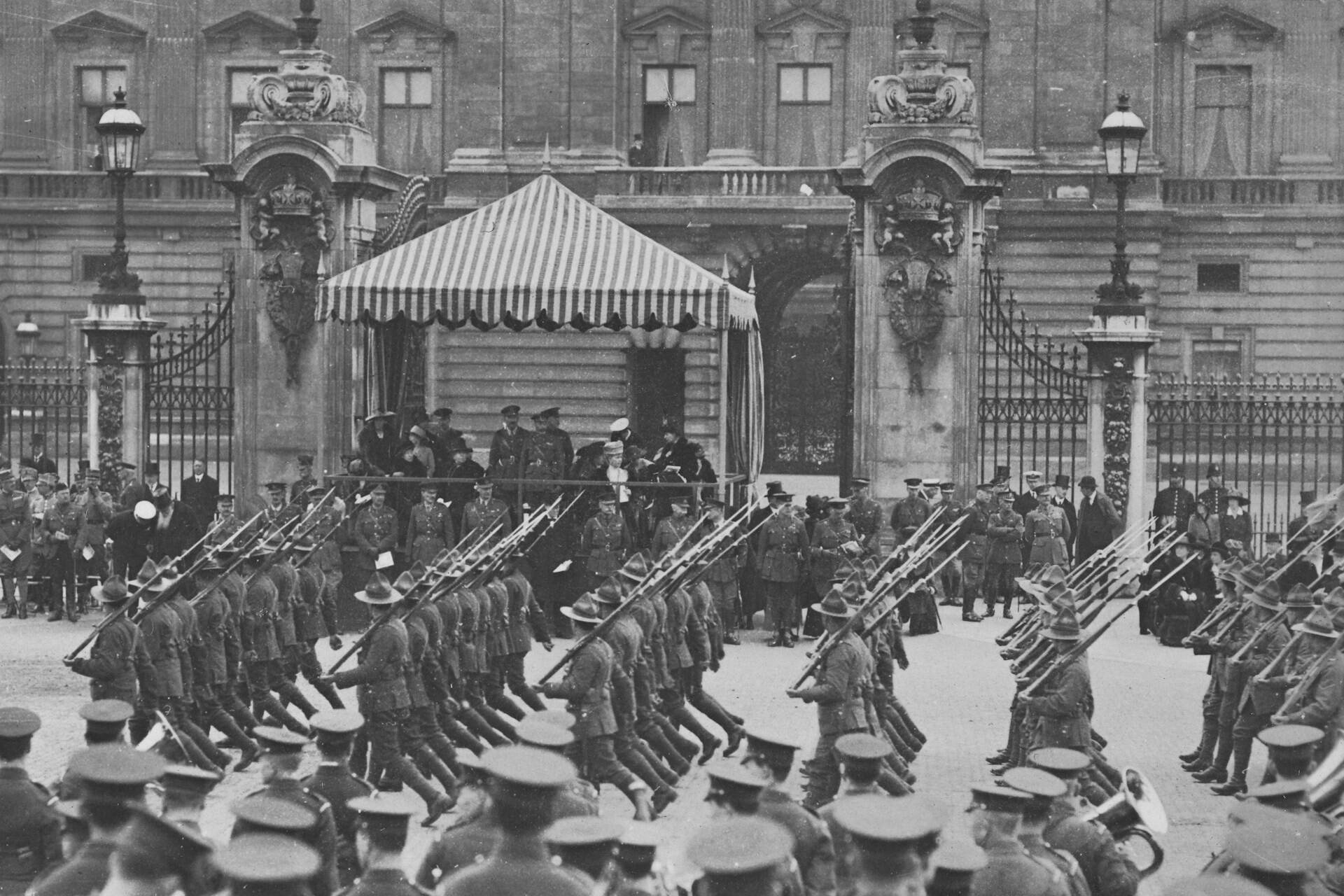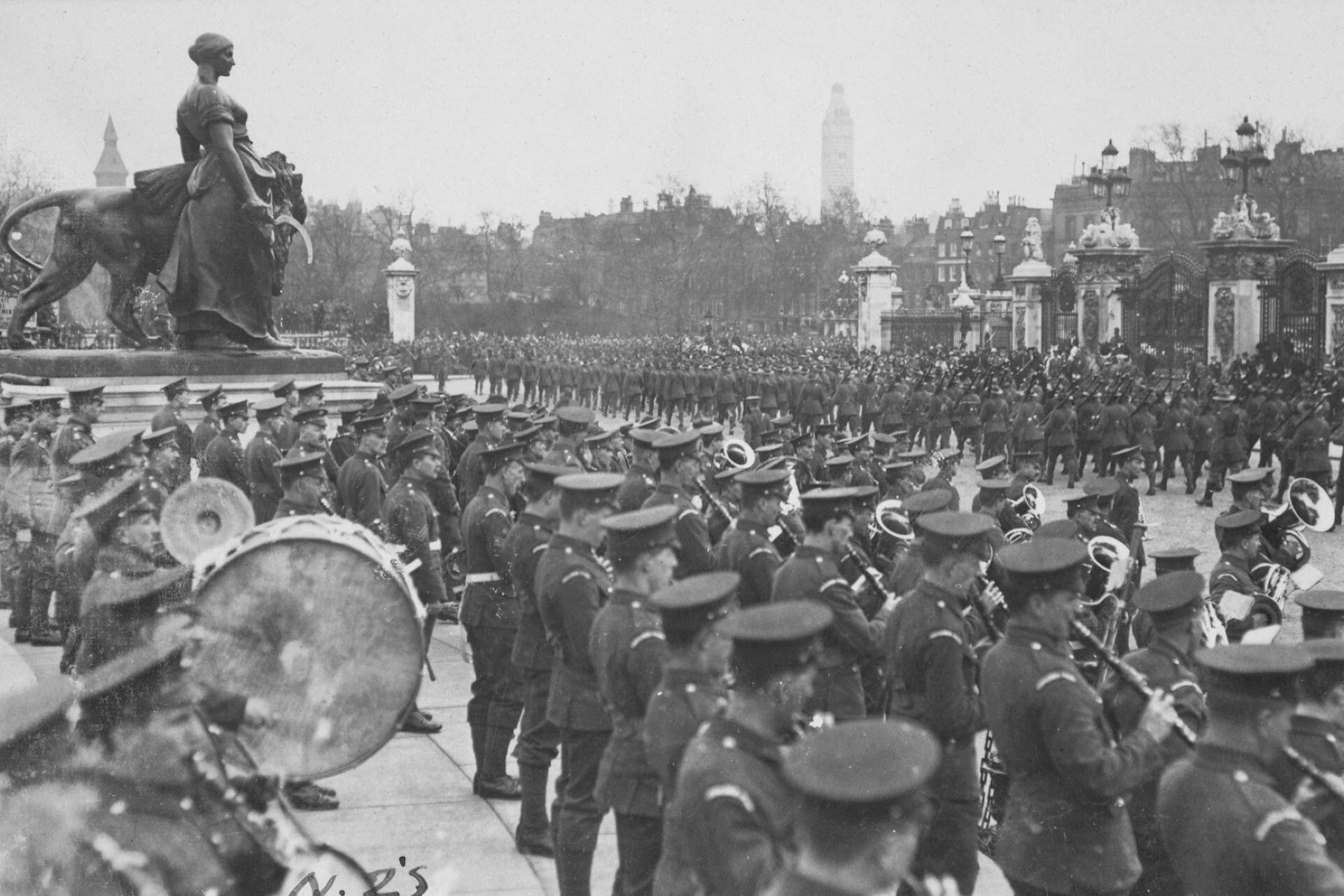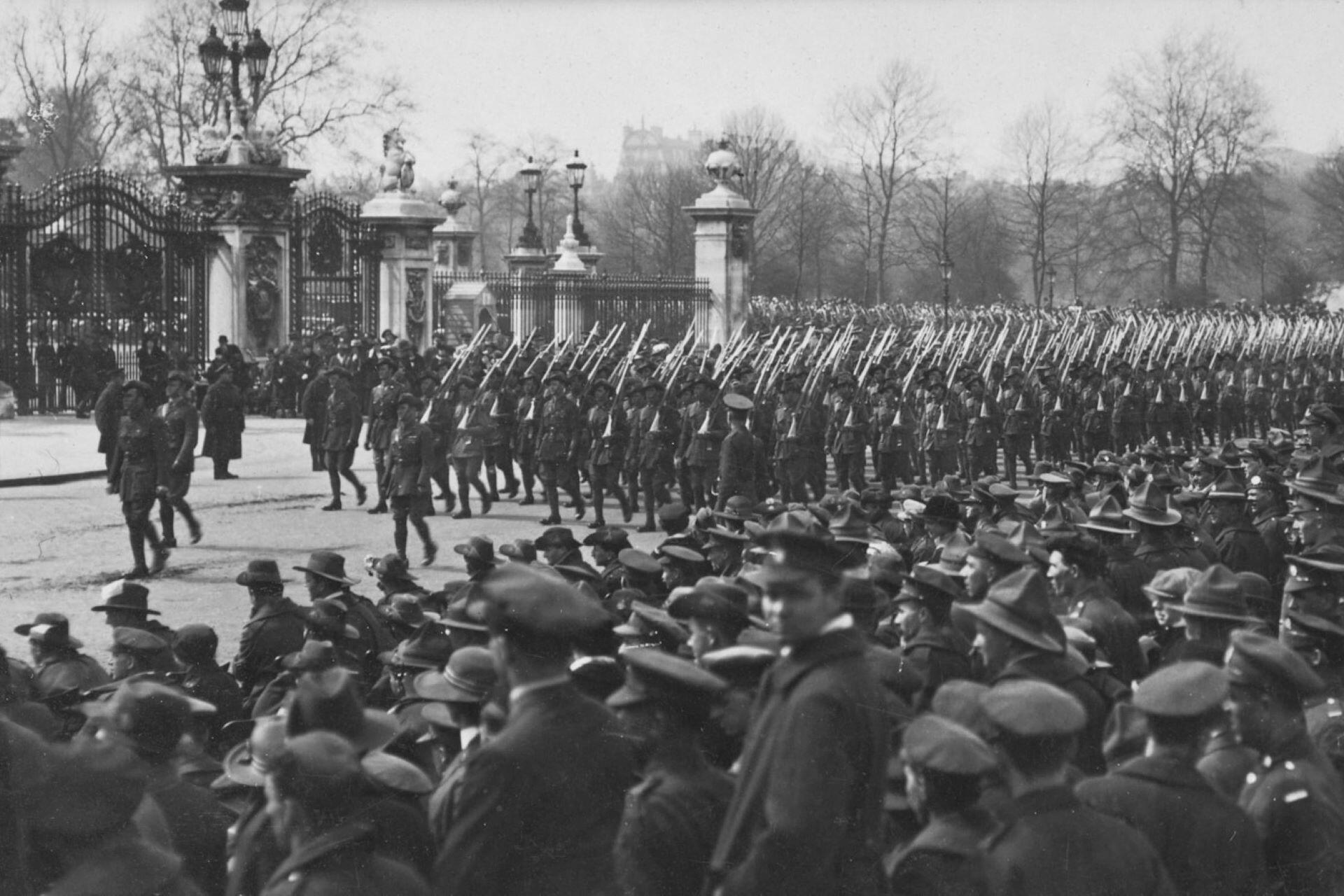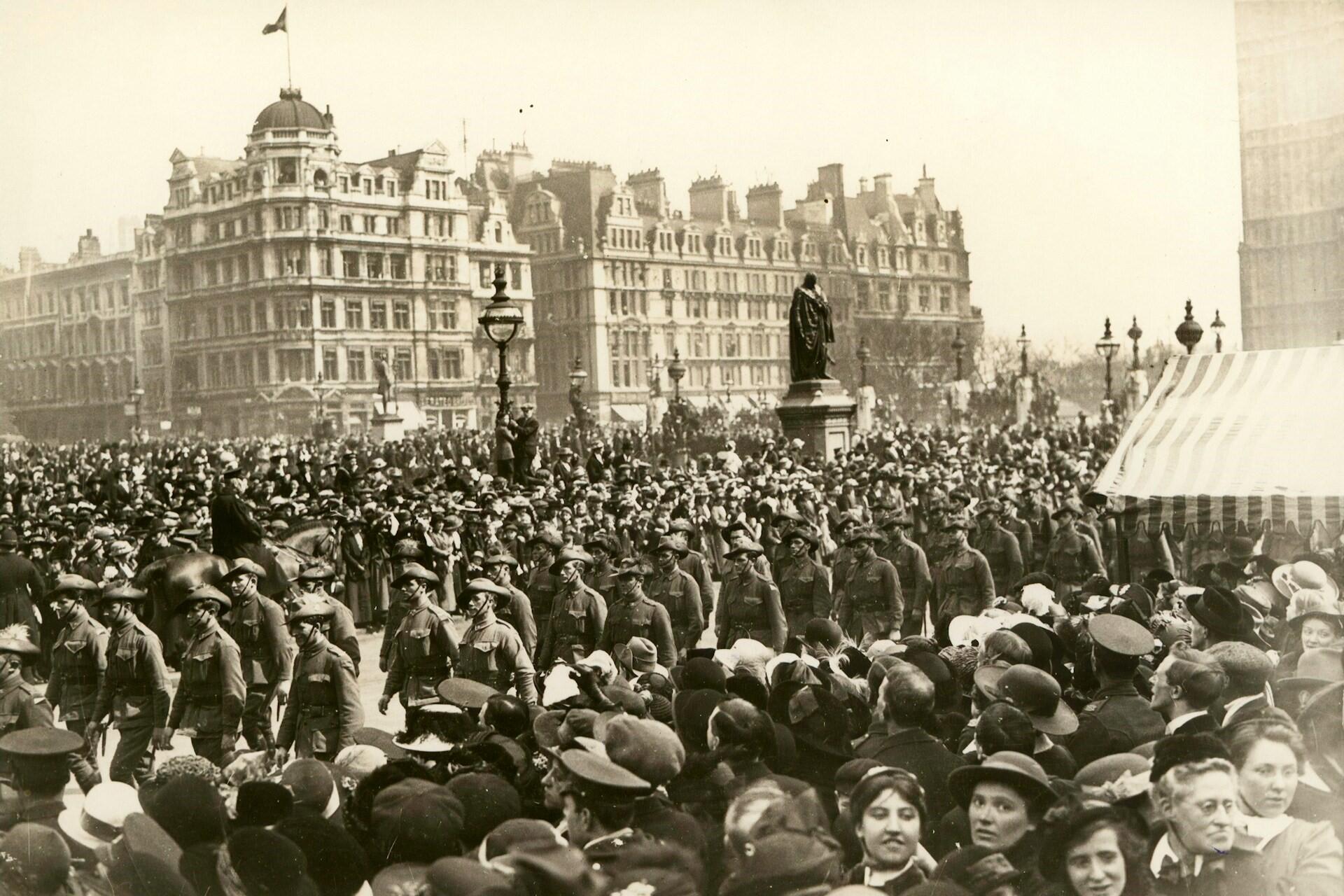Those heroes that shed their blood and lost their lives... you are now lying in the soil of a friendly country.
Mustafa Kemal Atatürk, 1934
Anzac Day is more than a holiday. It's a solemn day of remembrance honouring the courage, sacrifice, and enduring legacy of the Australian and New Zealand Army Corps (ANZAC), particularly during the Gallipoli campaign of 1915. Anzac Day is about commemorating the fallen and recognising how their bravery shaped the national identities of both countries.

Gallipoli: The Heart of the Anzac Legacy
The Gallipoli campaign is central to Anzac history. On 25 April 1915, thousands of Australian and New Zealand soldiers landed on the Gallipoli Peninsula in Turkey, part of a broader Allied campaign during the First World War.
This was initially thought to be a swift and strategic operation. Instead, ended up being a brutal eight-month ordeal. Harsh terrain, fierce resistance from Ottoman forces, and extreme weather all contributed to devastating losses.
Over 8,700 Australians and around 2,700 New Zealanders were killed. Despite the military failure, the courage, determination, and comradeship displayed at Gallipoli formed the Anzac legend. This story defines both countries' military history and national character.

The Plan Behind Gallipoli
In early 1915, the British high command wanted to break the deadlock on the Western Front by opening a new front in the east. The plan was to knock the Ottoman Empire out of the war, secure a sea route to Russia through the Dardanelles, and encourage Balkan nations to join the Allies.
The idea was to launch a naval assault on the narrow straits. This failed disastrously, as the newly formed Australian and New Zealand Army Corps (ANZAC), largely made up of fresh recruits, was tasked with taking on heavy defences and mines.
The landing on the Gallipoli Peninsula was expected to be met with light resistance, but the well-prepared and determined Ottoman forces led by the Turkish commander Mustafa Kemal (later known as Atatürk) made the operation far less successful than planned.
The campaign ultimately devolved into a bitter stalemate. The landings were on the steep and rugged coastline of what later became known as Anzac Cove.
For months, entrenched warfare meant that Anzac forces endured hardship and the loss of life that would leave a lasting impact on New Zealand and Australia.
The Landing at Anzac Cove
ANZAC troops began landing on the Gallipoli Peninsula at dawn on 25 April 1915. The seemingly straightforward beach assault quickly turned into chaos. There were navigational errors and unexpected resistance, with the soldiers landing further north than planned.
The Anzacs came ashore at Gallipoli just before dawn on April 25, 1915, under heavy fire and onto steep, unfamiliar terrain. This difficult landing is why dawn services are still held today, mirroring the hour of their arrival.
They landed on steep, broken terrain under Turkish machine-gun fire. Rather than open ground, they had sharp ridges, deep gullies, and rising cliffs, with a narrow strip of beach that is now known as Anzac Cove.
The Turkish defenders were already well entrenched and understandably familiar with the land. They responded with fierce resistance, leaving the Anzacs under constant fire. They scrambled to gain a foothold in the rugged hills as they advanced under the weight of their heavy equipment.
Combine this with the inexperience and confusion that ensued, the soldiers attempted to press forward, dig in, and hold whatever ground they could.
Rather than the swift and decisive victory planned, this would become the start of a prolonged and costly campaign.
Rather than sweeping advances, the campaign was defined by grit, improvisation, and endurance. This was the first encounter many New Zealanders and Australians had with war. They were given a baptism by fire on a narrow beach that would be commemorated not because of a victory but because of their incredible resolve in the face of adversity.
Life in the Trenches
Once a tenuous grip on the hills above Anzac Cove had been secured, the campaign turned into a stalemate, with the battlefield becoming a labyrinth of trenches.

Like much of the First World War, soldiers lived, fought, and died in the narrow, dirt-filled passageways.
Food was limited and often infested, water had to be rationed, and disease spread rapidly. Illnesses like dysentery, typhoid, and trench foot were just as likely to kill you as the enemy.
As summer arrived, swarms of flies encircled the corpses as the stench of unburied bodies filled the air. By winter, freezing rain and illness added to the soldiers' suffering.
The Gallipoli campaign lasted 8 months, with troops facing disease, freezing winters, extreme heat, and constant bombardment. It wasn’t victory that defined them, but how they endured.
You can imagine that positivity was in short supply, but camaraderie became a defining feature of the Anzac identity, with soldiers supporting one another. They would share supplies, write letters home, and keep each other sane with humour and quiet acts of kindness.
Their resilience in these trenches, where artillery and snipers were a constant threat, is part of what's remembered through Anzac Day, the strength in unity and shared struggle.
The Battles and Bloodshed
Though the Gallipoli campaign is largely considered a stalemate, key battles and costly conflicts added to the tragedy.
The August Offensive at Chunuk Bair, in particular, was one of the bloodiest engagements. New Zealand troops were ordered to capture the high ground. Though they briefly held the summit, counterattacks eventually drove them back.
Of the 760 men in the Wellington Battalion to reach the top of the summit, only 70 were left unwounded by the end of it.
Australian forces also saw similar devastation at battles like Lone Pine, with soldiers charging heavily fortified Turkish trenches. They secured a rare victory, but it cost over 2,000 Australian casualties.
The Nek was an assault where waves of Australian light horsemen were sent over the top into machine-gun fire, with most cut down within seconds.
Here's Anzac Day quickly explained.
Courage, Mateship, and Sacrifice: The Spirit of Anzac Day
The values showcased at Gallipoli, bravery under fire, unwavering loyalty, and a profound sense of duty, defined the Anzac spirit.

Mateship was abundant. Soldiers from vastly different backgrounds relied on one another for survival, morale, and strength. Their perseverance, despite their hardships, helped forge the legacy that lives on over 100 years later.
Anzac Day honours those who gave their lives during this conflict, but it also celebrates the enduring and honourable human qualities that Anzac soldiers showed, which continue to inspire new generations, both in military service and civilians.
This is the essence of Anzac Day: a day not just to remember the dead but also to reflect on the enduring values that unite New Zealand and Australia.

From Battlefield to Nationhood: Why Gallipoli Still Matters
Though Gallipoli was over a century ago, it still matters today. Remember that both countries were closely tied to the British Empire at the time because the bravery of Anzac soldiers helped create a shared sense of pride between Australia and New Zealand and outline their distinctiveness.
As a symbol of self-sacrifice and national maturity, the Gallipoli campaign marked a shift from colonial outposts to independent nations with their own voices and values.
Today, Anzac Day is a public reminder of the shift away from the British Empire while also connecting the past and the present. As a commemorative act, it recognises those who fought and the sacrifices they made, but it has also helped shape the cultural and civic landscape of Australia and New Zealand.
Anzac Day as a holiday is just one way the Anzac spirit is remembered and other common practices include Anzac Day poetry, wreath-laying, and services.
Anzac Day Traditions: Then and Now
Anzac Day was first observed in 1916, two years before the end of the First World War. It has since become one of the most important days on New Zealand's national calendar.

Understandably, earlier celebrations were more solemn, focusing on mourning the fallen of Gallipoli, particularly when the war was still ongoing.
Over time, as the emotional wounds started to heal, traditions started, including dawn services, memorial ceremonies, parades, and marches in towns and cities across New Zealand.
The red Anzac Day poppy, introduced in the 1920s, became a powerful symbol of remembrance and respect for those who served in World War I.
Anzac Day still honours the soldiers of Gallipoli, but it also honours all New Zealand Defence Force personnel who've served in other wars, conflicts, and peacekeeping missions.
From quiet moments to televised events everywhere from Wellington to Sydney, this day continues to bring together people across generations in reflection of respect.
Anzac in Numbers: Soldiers Who Fought at Gallipoli
The sheer scale of the Gallipoli campaign is the sobering reason why Anzac Day is celebrated. Around 50,000 Australian and New Zealand Army Corps soldiers took part in the landing and subsequent fighting.
Approximately 8,700 Australians and 2,700 New Zealanders lost their lives, with thousands more being wounded and carrying the physical and emotional scars for the rest of their lives.
ANZAC soldiers lost their lives during the Gallipoli campaign.
This shows the sheer size of the military effort and the incredible sacrifice made by two countries with such a small population at the time for a conflict on the other side of the planet.














